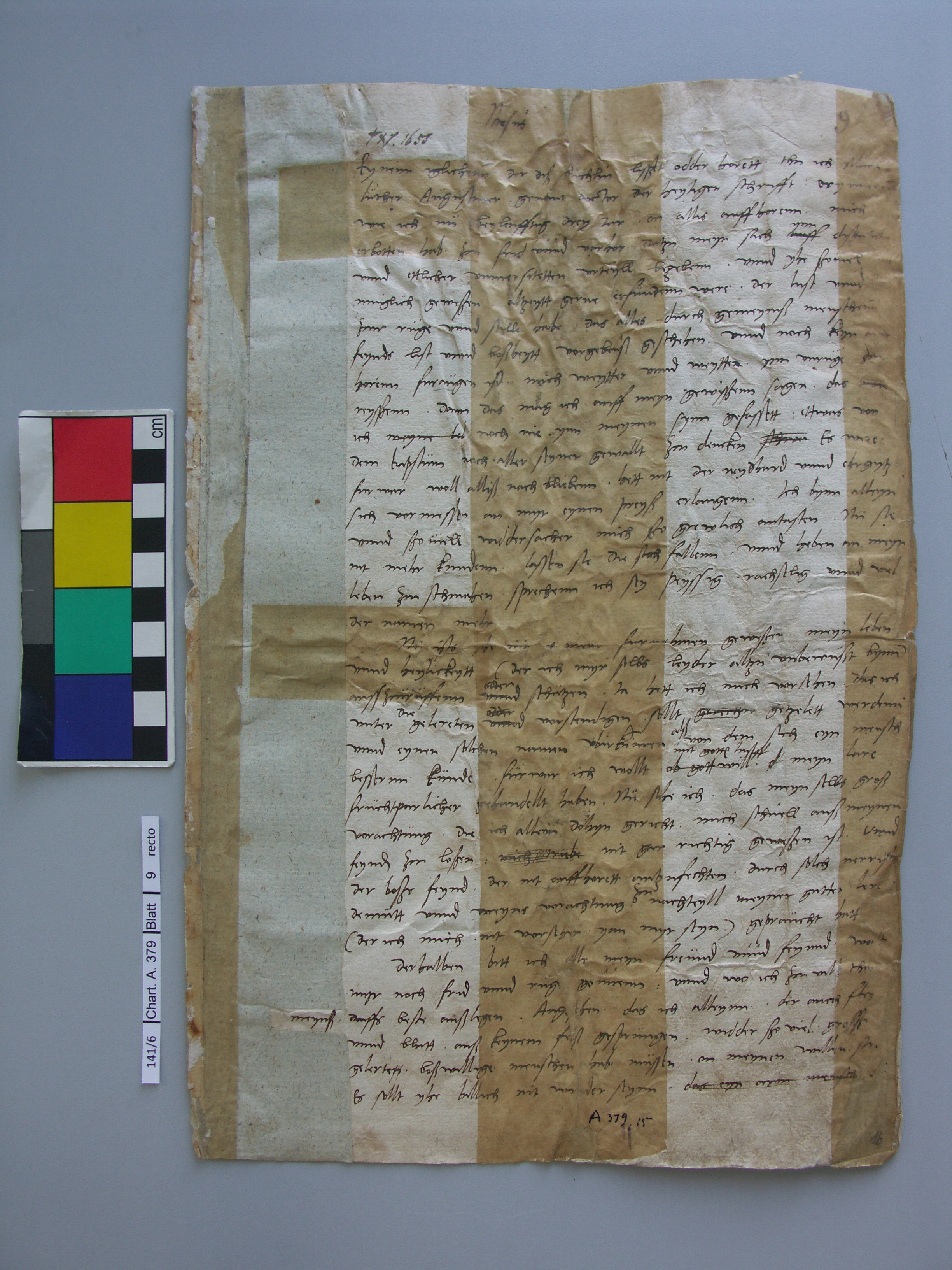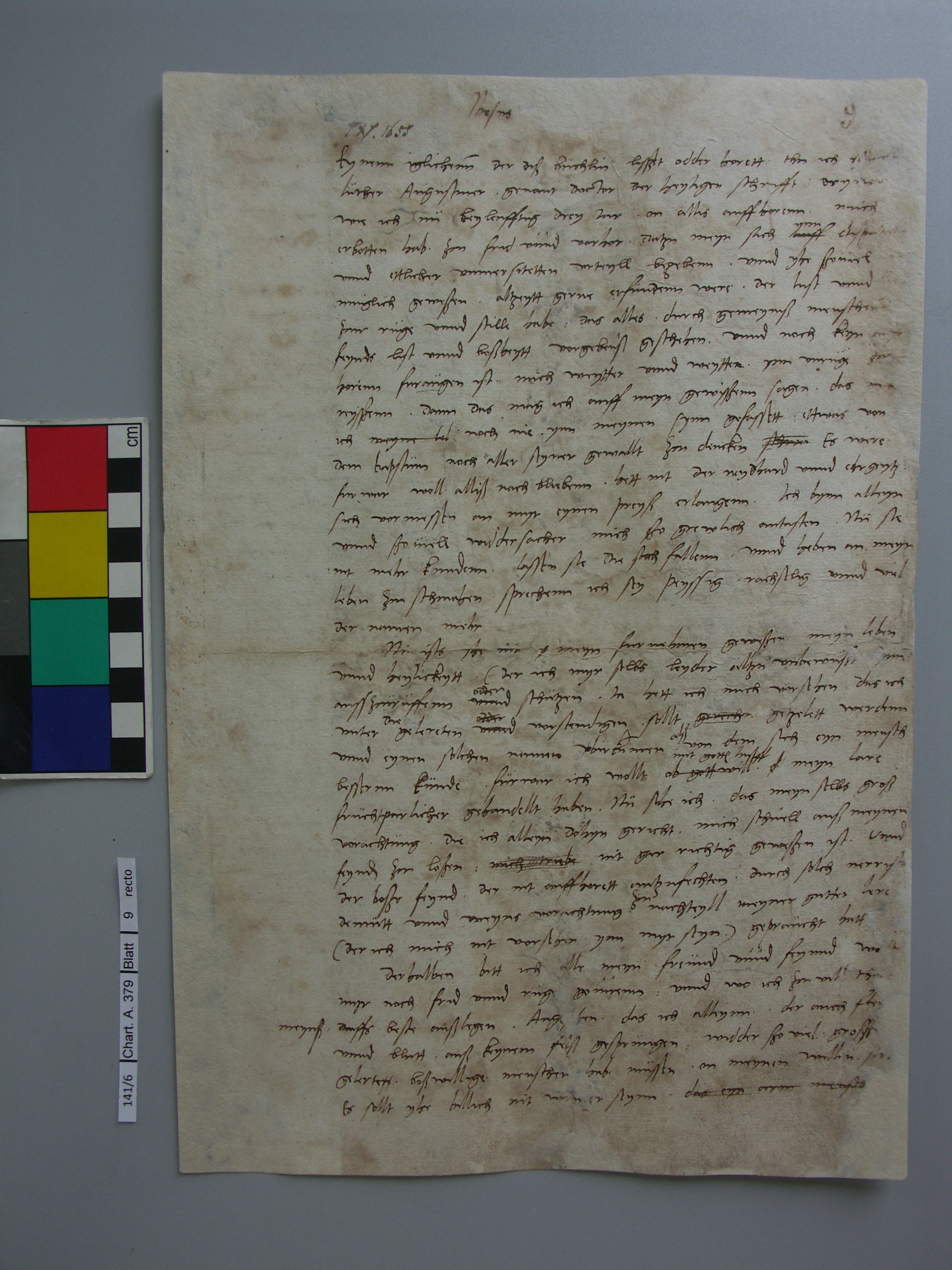Original preservation as a library task
The Gotha Research Library collects original testimonies from past centuries, both from Europe, the Middle East and other parts of the world. It is responsible for preserving these valuable manuscripts, old prints, maps and archival records for posterity. The library objects have been and are being transported; a very large part was moved to the Soviet Union as spoils of the Second World War and brought back. The objects were and are used, exhibited and subject to natural ageing processes. If stored and used improperly, this can lead to damage to the object, which must be countered with restoration and conservation measures. The Gotha Research Library therefore operates a restoration workshop as well as a bookbinding workshop and awards contracts to external restoration specialists. The conservators also determine the extent of damage to the individual objects and groups of holdings in order to carry out measures of bulk treatment or individual restorations. The librarians ensure safe storage and proper handling during the cataloguing, digitisation and use of the objects.
The restoration is precisely documented in each individual case.
The letter of the reformer Martin Luther (1483-1546) was infested with old mould due to water damage that could no longer be dated. The stability of the paper had greatly deteriorated as a result. Numerous different pieces of paper that were pasted onto the document – clearly visible on the left image (before restoration) – have additionally caused warping and tension. In the course of the restoration, the restorer removed these old pieces of paper with the help of gel compresses. He supplemented and stabilised missing parts and unstable areas of the paper with various pieces of Japanese paper (right-hand illustration). The letter, which was part of a volume from the autograph collection of Duke Frederick II of Saxe-Gotha-Altenburg, was then inserted as a single document in a folder specially made for it and for other letters. Thus, the letter can be taken out individually for research questions or for exhibition and digitisation purposes.




